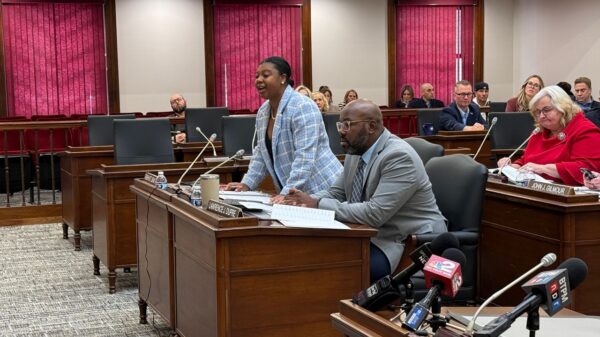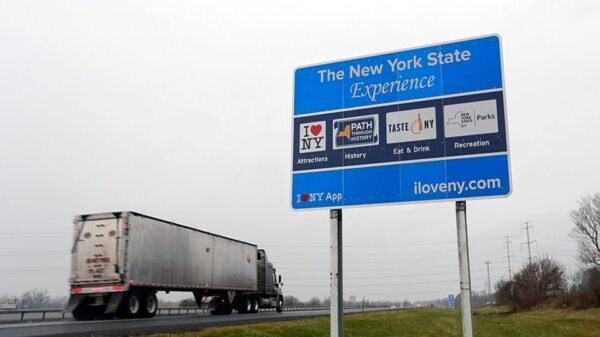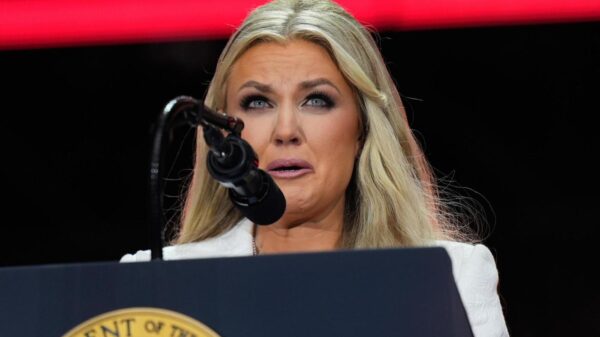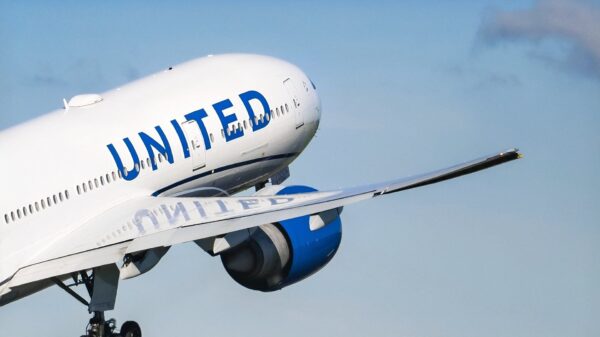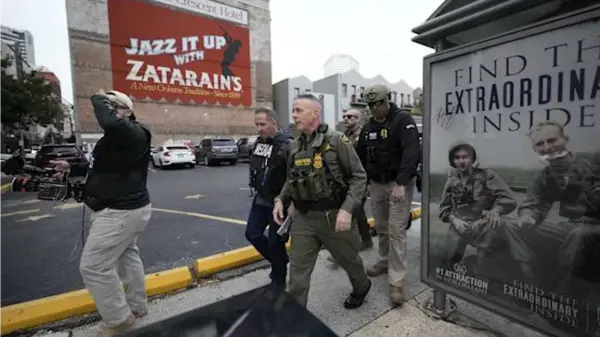Washington State is confronting a significant challenge in college financial aid applications, prompting Governor Bob Ferguson to take decisive action. Despite offering one of the country’s most comprehensive college financial aid programs, Washington ranks among the lowest states for Free Application for Federal Student Aid (FAFSA) completion rates. In response, Ferguson has issued an executive order aimed at increasing the number of high school seniors who apply for this crucial financial assistance.
Under the new executive order, effective immediately, the Washington Student Achievement Council (WSAC) will establish a statewide goal for FAFSA completion beginning with the 2026-27 school year. This initiative includes the ongoing tracking of FAFSA completion rates and identifying schools that are significantly lagging behind. Additionally, the WSAC is tasked with forming a diverse advisory board comprising students, educators, and administrators. This board will offer recommendations on fostering a college-going culture and enhancing FAFSA awareness among families.
Ferguson is actively promoting the significance of FAFSA applications during his visits to high schools. He signed the order at Renton High School last month and plans to continue his outreach across the state. “I’m confident you’ll hear me talk about the FAFSA forms at my state address in January,” he stated, emphasizing the importance of increasing media coverage and public discussion around the application process.
With the state historically ranking low in FAFSA completions, approximately 53% of Washington’s class of 2025 has completed the form, compared to a national average of around 60%, according to the National College Attainment Network. This disparity translates to thousands of students potentially missing out on affordable higher education opportunities, which poses a significant risk to Washington’s economy. The state is projected to experience a shortfall of nearly 600,000 skilled workers by 2032, with around three-quarters of these jobs requiring some form of postsecondary education.
Despite the urgency, affordability remains a key barrier for many students and families. The Washington College Grant aims to alleviate this issue by covering full tuition and fees at public colleges for families earning up to approximately $66,000 for a family of three, which is about 60% of the state’s median income. For those who do not qualify for federal aid, the state offers the WASFA, a companion application for state-funded assistance.
The executive order not only reinforces the state’s commitment to increasing FAFSA completion rates but also amplifies existing efforts to raise awareness about financial aid. According to Michael Meotti, executive director of WSAC, the decision to pursue higher education is influenced by both financial considerations and cultural factors. “We’re talking about human behavior, and how you get an eighth, ninth, or tenth grader to start developing a vision,” Meotti noted. “You can’t just tell people to go to college.”
As the advisory group begins its work, Ferguson is open to exploring legislative solutions, including the possibility of mandating FAFSA completion for high school students. The initial report from the advisory board is expected within a year, and Ferguson’s administration is keen to address the barriers to college accessibility that affect so many students in Washington State.




